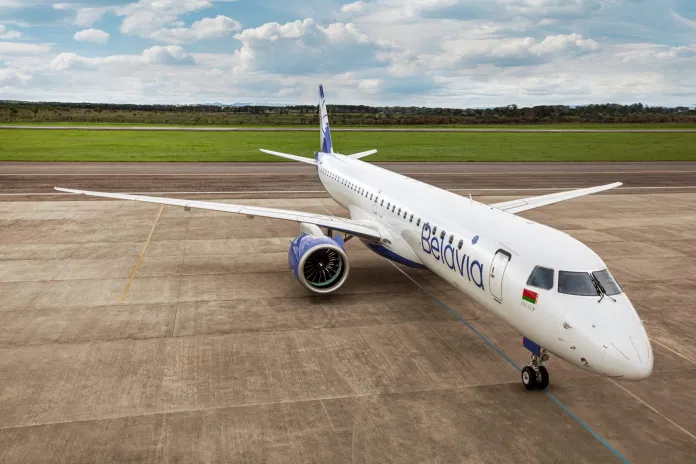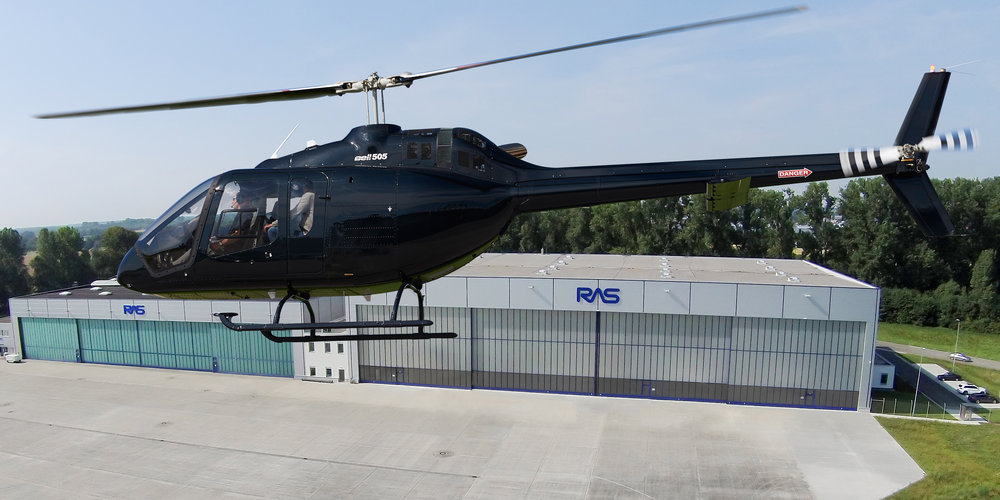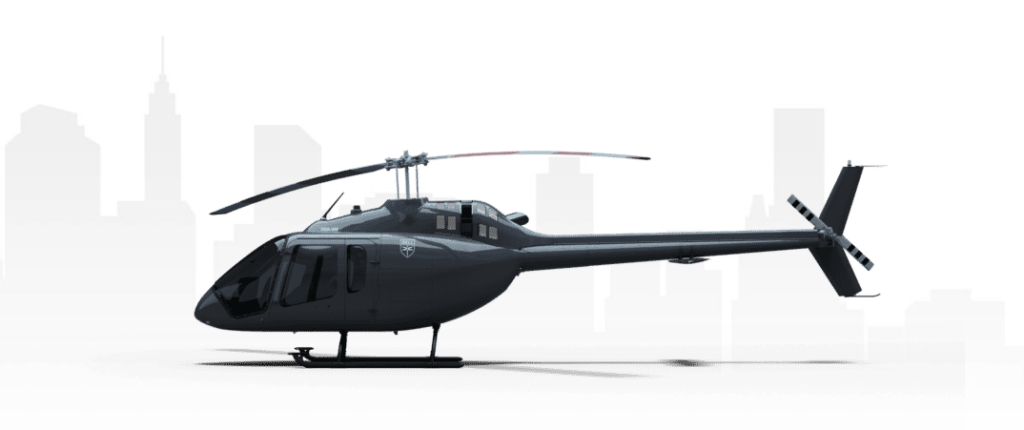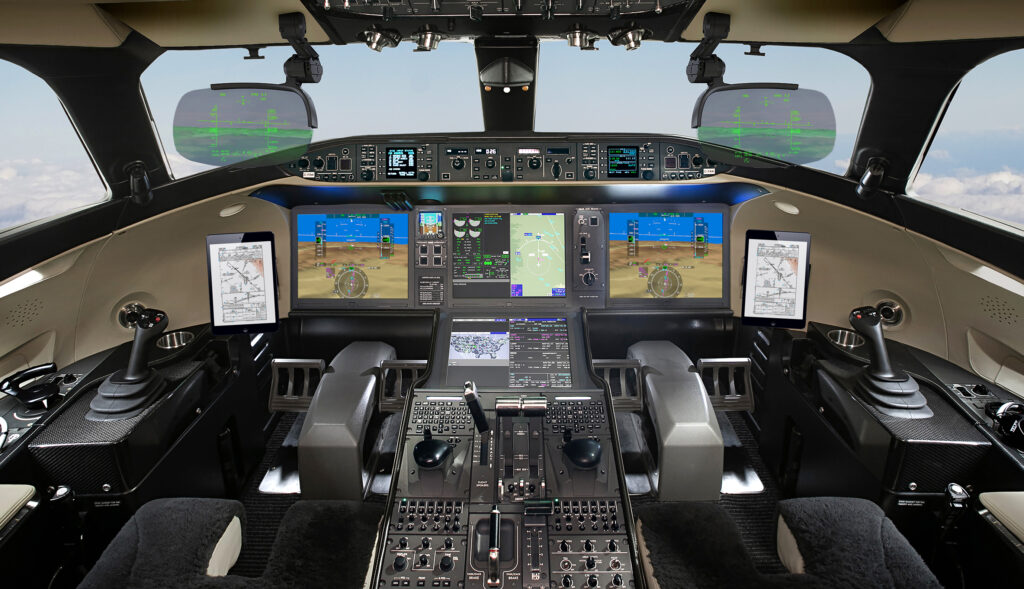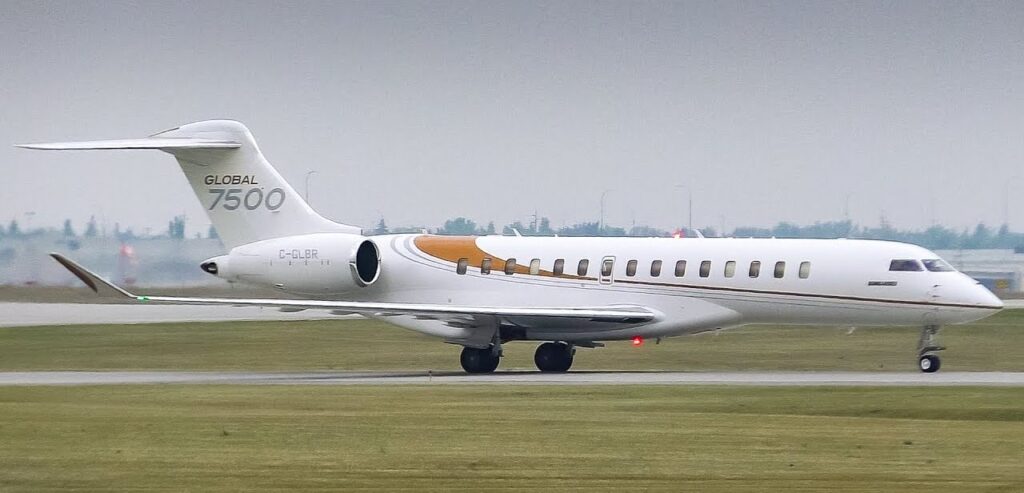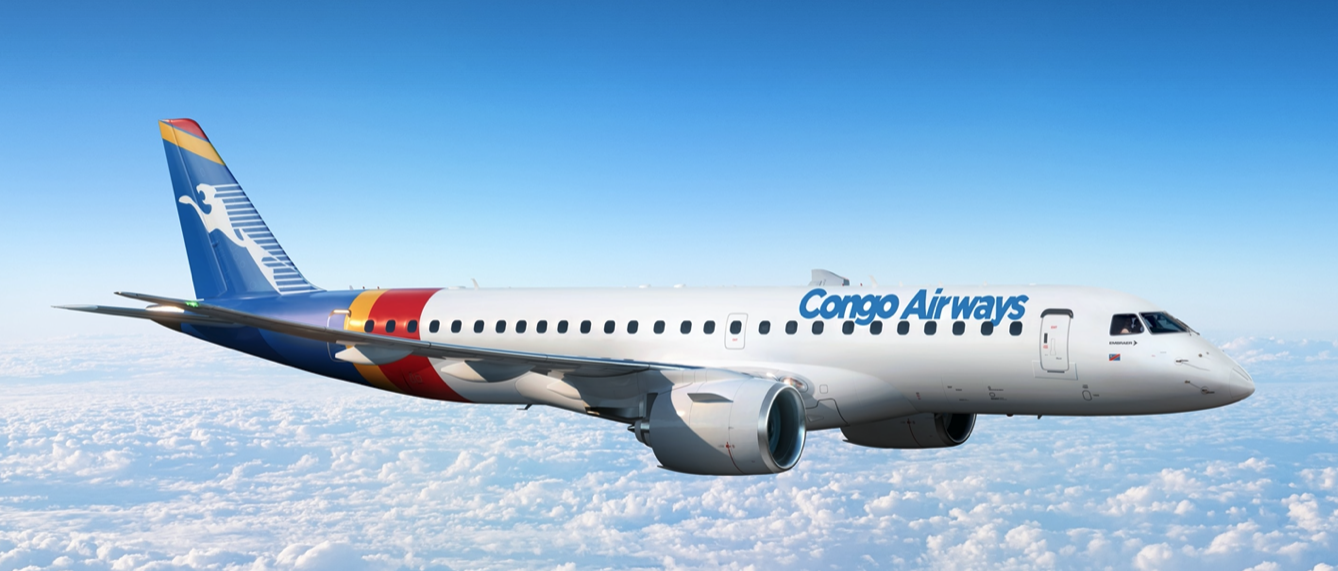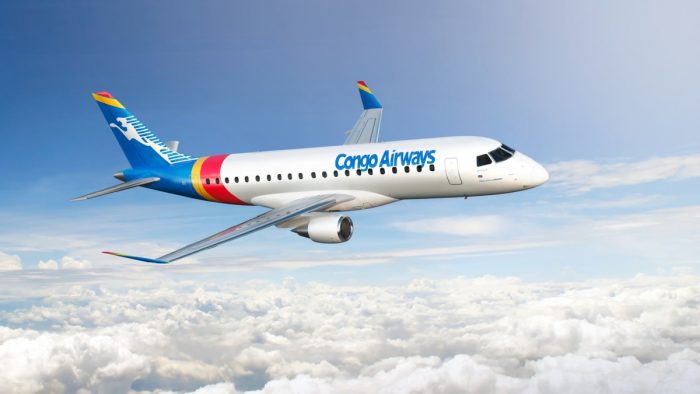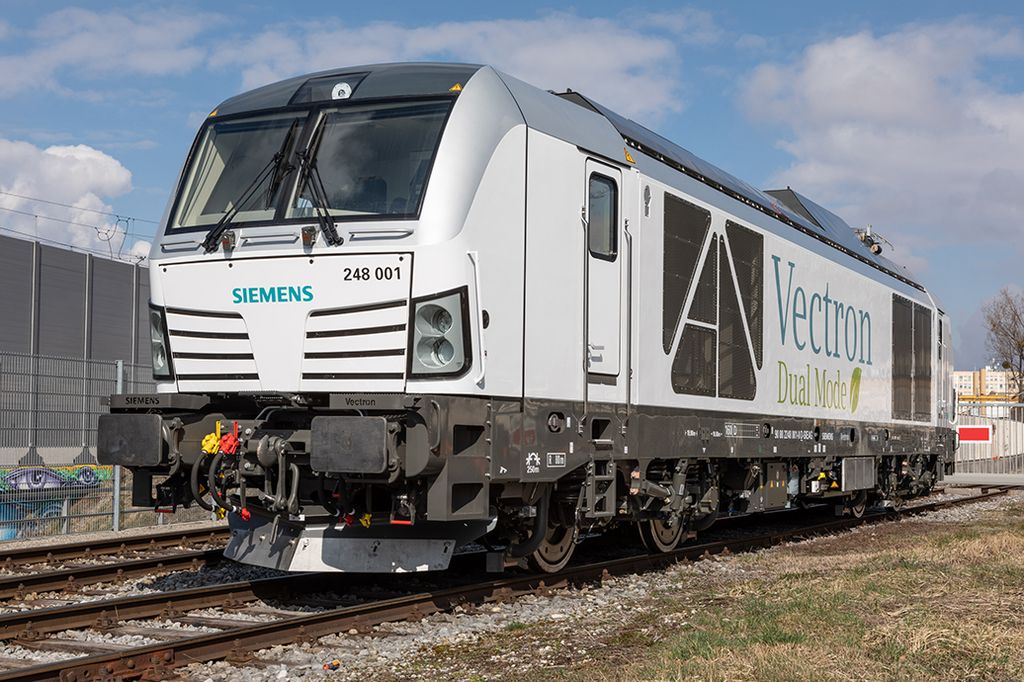CHICAGO–(BUSINESS WIRE)–
The first dual-branded Hyatt Place and Hyatt House project in Southeast Asia is expected to open in 2023
Hyatt Hotels Corporation (NYSE:H) announced today that a Hyatt affiliate has entered into a management agreement with Xuan Mai Sai Gon Construction Investment Joint Stock Company (“Xuan Mai”) to develop a 300-key Hyatt Place Saigon, District 7 and 250-key Hyatt House Saigon, District 7 in one of Ho Chi Minh City’s largest districts. Planned for completion in 2023, the new hotels will be Hyatt’s first dual-branded Hyatt Place and Hyatt House hotel project in Southeast Asia and will also mark the entry of the Hyatt House brand in Vietnam.
This press release features multimedia. View the full release here: https://www.businesswire.com/news/home/20191121005818/en/
The Hyatt Place brand combines style, innovation and 24/7 conveniences to create an easy to navigate experience for today’s multi-tasking traveler. Guests can enjoy thoughtfully designed guestrooms featuring distinct zones for sleep, work and play, and free flowing social spaces. Hyatt House hotels are designed to welcome guests as extended stay residents seeking the conveniences of home in modern, apartment-style suites with fully equipped kitchens and separate living and sleeping areas.
“We are delighted to be working with Xuan Mai to develop Hyatt’s first dual-branded select-service hotel project featuring the Hyatt Place and Hyatt House brands in Southeast Asia,” said David Udell, group president, Asia-Pacific, Hyatt Hotels Corporation. “Whether guests are looking for short term or extended stay accommodations, the location of Hyatt Place Saigon, District 7 and Hyatt House Saigon, District 7 will put them in the heart of an up-and-coming residential, commercial and entertainment district that is well connected to Ho Chi Minh City’s Central Business District.”
The new Hyatt Place Saigon, District 7 and Hyatt House Saigon, District 7 will be integral to Eco Green Saigon, an iconic 34-acre mixed-use development, which will also include residential units, office space, event space, and a primary school. Eco Green is strategically located eight miles (13 kilometers) from the Tan Son Nhat International Airport, the busiest airport in Vietnam, three miles (five kilometers) from District 1, Ho Chi Minh City’s Central Business District, and less than two miles (three kilometres) from Phu My Hung New Urban Area comprising of office developments, high end residences and schools, as well as the Saigon Exhibition and Convention Centre.
Hyatt Place Saigon, District 7 will consist of 300 rooms, a café, a bar serving coffee and cocktails, a lobby lounge, and three meeting rooms, as well as an outdoor pool and fitness center. Hyatt House Saigon, District 7 will predominantly cater to guests looking for longer term accommodations, and will consist of 250 rooms divided into studios and one-bedroom suites, a bar, a lobby lounge, one meeting room, as well as an outdoor pool and fitness center. Once completed, the 69-story tower housing both hotels will be one of the tallest buildings in Ho Chi Minh City.
“With this signing, Hyatt is set to more than triple its brand presence in Vietnam over the next few years, and we are delighted to now offer locals and travelers additional accommodation options across the country, as well as have an opportunity to further solidify Hyatt’s brand presence in Ho Chi Minh City,” said Patrick Finn, Senior Vice President – Development, Asia-Pacific, Hyatt. “This project also presents Hyatt with an ideal opportunity to launch the Hyatt House brand in Vietnam’s gateway city that has the potential to be a catalyst for further Hyatt Place and Hyatt House developments in the country.”
“Hyatt Place Saigon, District 7 and Hyatt House Saigon, District 7 is expected to be the center piece of the Eco Green Saigon development in the heart of Ho Chi Minh City’s largest district,” said Mr. Bùi Khắc Sơn, a member of the board of Xuan Mai Sài Gòn. “This is our first hotel project and we are excited to introduce guests to the first dual-branded Hyatt Place and Hyatt House project in Southeast Asia, and furthermore, collaborate with Hyatt, a globally recognized company with extensive hospitality knowledge.”

